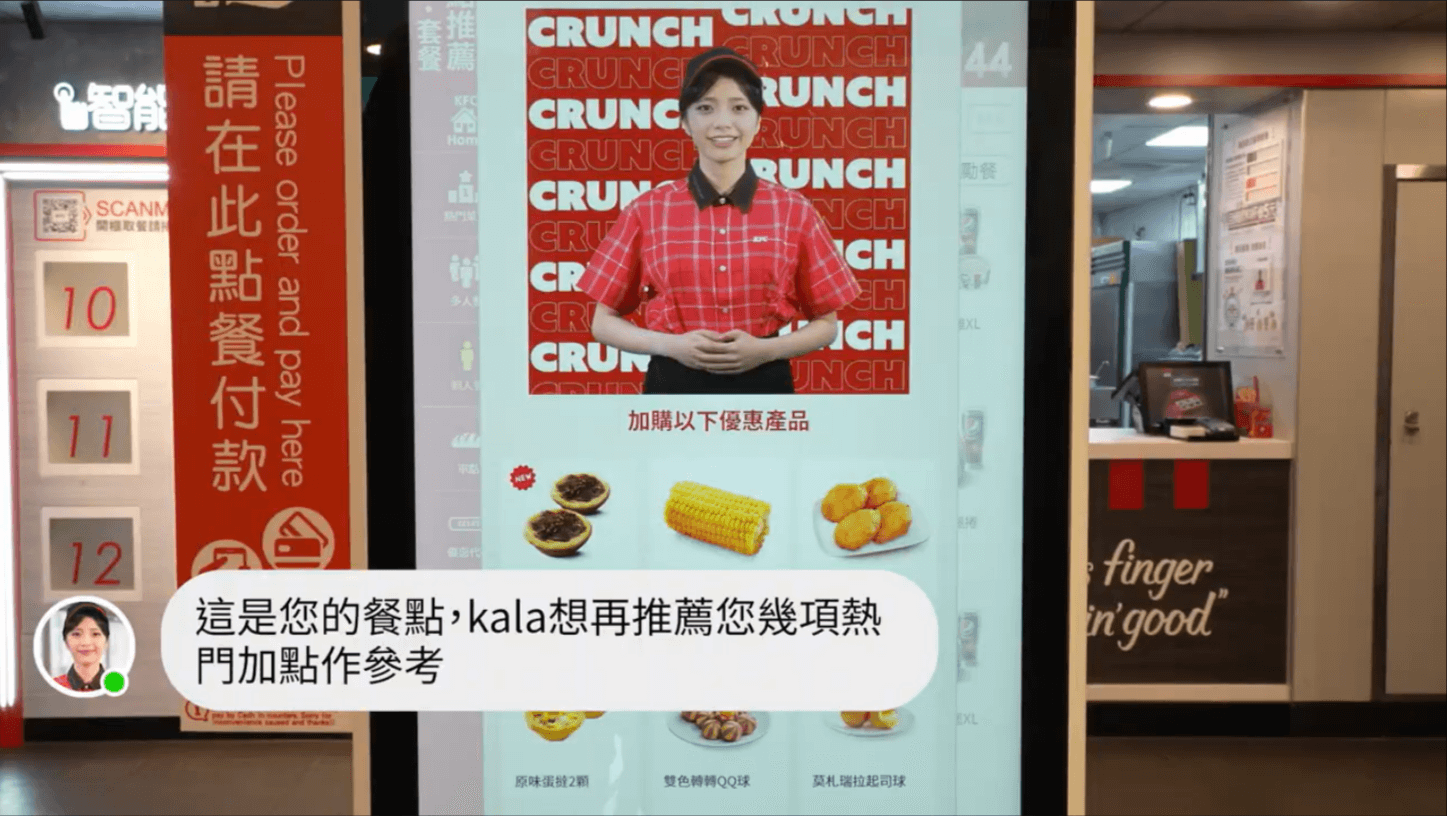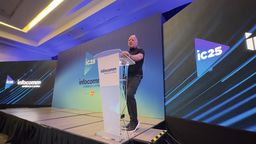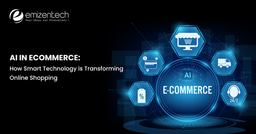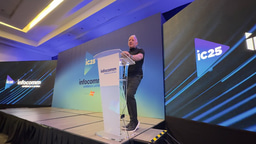AV on the Menu: Meet Kala, the Virtual Human Transforming Fast Food

When you roll through the drive-thru of a fast food chain in the US, chatting with an AI has become commonplace. Popular quick-service restaurants (QSRs) like McDonald’s, Wendy’s, and Taco Bell have ordering systems powered by tech giants like Google and Nvidia.
You may be familiar with faceless AI, but how often do you communicate with a virtual human? Fast food chain KFC is bringing a human touch to their restaurants, beginning with Kala, their AI Intern in Taiwan.

KFC's ‘Digital Future Store 2.0’
In 2022, KFC announced a plan to set their restaurants on a course for complete digital transformation. With the goal of improving customer experience, the QSR giant intended to integrate AI tech, self-service kiosks, and a smart pick-up counter. This initiative, known as “Digital Future Store 2.0,” aimed to not only streamline operations but also enhance the interaction between customers and the brand through personalized and efficient service.
Here are some ways in which KFC is undergoing a digital transformation:
AI Technology
At the core of this transformation is the addition of AI systems designed to make customer interactions more intuitive and engaging. The goal is to merge digital efficiency with personalized service, ensuring that customers feel both valued and understood during every visit.
Self-Service Kiosks
Another major component of the transformation is the installation of self-service kiosks. These kiosks empower customers to take charge of their ordering process, minimizing wait times and reducing potential errors associated with traditional counter service. By enabling customers to quickly place and customize their orders, KFC aims to create a more autonomous and satisfying dining experience.
Smart Pick-Up Counter
Complementing the self-service approach is the innovation of a smart pick-up counter. Once an order is placed, customers can easily retrieve their meals at a designated area.The pick-up counters are part of a broader initiative to modernize the logistics of food collection, in turn reducing congestion and improving the overall efficiency of in-store operations.
Digital Experiences
Beyond the physical enhancements, KFC's digital transformation includes the integration of mobile technologies to further connect with their customer base. This involves mobile ordering capabilities, digital payments, and loyalty programs that synchronize with the in-store experience, offering a seamless transition from digital to physical interactions.

Meet Kala: The AI Intern
As part of the path toward integrating AI, KFC recently introduced a virtual human at over 72 restaurants in Taiwan. Her name is Kala, and while she’s not technically human, she was created using the faces of 400 real KFC Taiwan employees. Kala is a true virtual representation of the food chain’s workforce, and she provides a warmer image of AI than a blank white screen with a microphone icon.
Kala is more than an AI—she is a virtual guide to KFC Taiwan’s current meal offerings and latest promotions. Not only can she interact with customers like a real human, but she can give personalized meal suggestions and help with ordering and payment processing. General Manager of KFC Taiwan Yvonne Hsieh said the addition of Kala is intended to provide “a level of service that's not only technologically advanced but deeply personal and warmly hospitable.”
The idea of AI making any experience warmer is not typically a sentiment expressed by consumers. In a survey by Modern Restaurant Management, they found that 62% of respondents were not excited to use AI voice and video tech at drive-thrus—citing job replacement and privacy as their biggest concerns.
The Work of Pantheon Lab
Regardless of your feelings around integrating AI in the fast food experience, there is no question that the work of Pantheon Lab is truly revolutionary. The Hong Kong-based company has created a collection of digital ambassadors for sectors ranging from public transportation to private offices. They intend to “bring digital human synthesis to the mainstream” and base their business strategy around making creative technology accessible to everyone.
At ISE 2025 in Barcelona, CEO and co-founder Ivan Lau addressed a packed room eager to learn about the future of AI and digital signage. He outlined the company’s five key strategies for creating convincing digital humans and highlighted several pain points that Pantheon aims to address. A significant challenge is the aging workforce; as senior employees retire, there is a noticeable lack of interest among the younger generation in pursuing operational jobs.
“There are a lot of options for young people,” Lau explains. "Do they want to be stuck in 9-to-5 jobs, or do they prefer the flexibility of being freelancers, TikTokers, or YouTubers?" Pantheon’s digital humans are enabling QSRs to operate efficiently without depending on a traditional workforce model.
The Future of AI in Fast Food
While retailers continue to funnel large sums of money into AI, a report released last week by KPMG shed some light on the main obstacle ahead. 43% of consumers claimed that they are uncomfortable with companies using generative AI to analyze personal data, while only 34% are feeling at ease. Other reports have demonstrated that shoppers are beginning to demand more transparency around when and how AI is being used. The challenge lies in reassuring consumers that their data is being used responsibly and securely, without crossing into intrusive territory.
Is the idea of a virtual assistant like KFC’s Kala analyzing your eating habits a welcome personalization or just downright creepy? Do we really need a digital human telling us what’s on the menu? A virtual employee may fill the void left by staffing shortages, but the idea of an AI analyzing personal preferences brings up significant concerns about privacy and ethics. As companies like KFC introduce AI to enhance customer experiences, they must consider the delicate balance between innovation and consumer comfort.
The concept of digital humans filling staffing gaps raises questions about the future of employment and the human touch that has traditionally been a hallmark of customer service. Will this shift lead to improved efficiency, or will it depersonalize experiences in a way that turns customers away?
As we navigate this AI-driven future, businesses must tread carefully, aligning technological advancements with the values and expectations of their customers to build trust and acceptance in a rapidly changing landscape.
If you're interested in learning more about applications of AI in retail or other topics related to digital signage, check out our full list of educational sessions at InfoComm 2025 in Orlando.
AV on the Menu is a series of articles that dive into the intersection of the culinary world and the AV industry. Whether it’s immersive dishes, projection-mapped tables, or digital menus, this series will not only have you drooling but learning about exciting new tech, too.
-
AV on the Menu

AV on the Menu is a series of articles that dive into the intersection of the culinary world and the AV industry. Whether it’s immersive dishes, projection-mapped tables, or digital menus, this series will not only have you drooling but learning about exciting new tech, too.






Please sign in or register for FREE
If you are a registered user on AVIXA Xchange, please sign in
A true food icon from my childhood!
@Matt Pana same. :) It's really cool to see the different foods offered at KFC Taiwan. Fast food menus in other countries are fascinating to me!